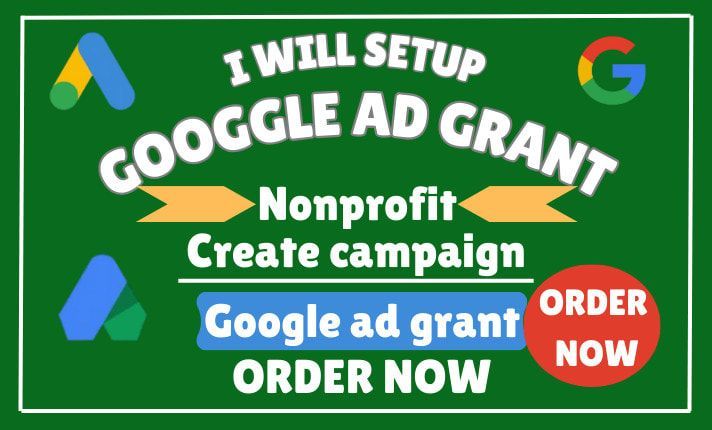


To break down optimization even further, it can be approached in two stages: account compliance and ad updates. Start with your account—make sure you’re in compliance with all the Google Ad Grant requirements. After all, optimized ads will be no good if your account is suspended!
The list of requirements is long, but there are a few crucial ones that your nonprofit should keep in mind:
Maintain regular activity within your account.
Make sure your ads are specifically targeted and relevant to your nonprofit.
Conduct monthly keyword research and optimize your list where necessary.
Maintain a minimum of a 5% click-through rate (CTR).
Track and report conversions and CTR.
Since your ads will lead users to your nonprofit’s website, Google also has specific website guidelines, including:
Your nonprofit must own the domain.
You must add any additional domains that your nonprofit owns to your Google Grants account.
Your website should host high-quality and well-maintained web pages.
Avoid commercial activity that is irrelevant to your nonprofit’s mission.
Bookmark Google’s guidelines and check regularly for updates. You’ll be notified when anything big changes, but it’s always a good idea to stay on top of the rules and make sure your account is compliant. Especially as you optimize your website and advertisements, keep the account criteria in mind so you don’t accidentally violate the guidelines amidst new changes.
This section gives an overview of Google Ad campaign performance tracking so your nonprofit can identify areas that need optimization.
How to gauge your nonprofit’s campaign performance
You may have heard the saying about not trying to fix something that isn’t broken. The implied first step in that statement is actually knowing something is broken. In the same way, your nonprofit will have to gauge its campaign performance before knowing what should be optimized. Evaluate your campaign performance by tracking:
CTR. Compare the number of people who clicked on your ad to the amount that saw it. A high click-through rate might indicate that your ad is compelling enough to prompt viewers to take action. Consider how you can adjust your other ads to match this quality or plan how your future ads will be similar.
Conversion data. Conversions, which refer to the users who take a desired action after seeing your ad, are likely the goal of your campaign. Track this data to determine if your Google Ads are producing the desired results. For example, an ad that invites users to register for a volunteer event is effective if the number of volunteer registrations has increased due to your Google Ad.
Cost-per-conversion. Consider the cost of your desired results. How much did an ad and keyword cost your nonprofit? How many conversions can you attribute to this ad? Although you won’t specifically pay for conversions, this comparison can give your nonprofit an estimate of how much of its budget is spent producing the ad’s desired results.
Most metrics can be tracked by Google Analytics when you link your accounts. However, you’ll need to compare this to your organization-specific metrics to see the tangible impact of your Google Ads performance. For example, to see the impact of a Google Ad on your matching gift program, you’ll have to combine your own data of the number of gifts matched with the ad’s CTR.
For this reason, it’s crucial that you keep your own data organized, as well. Consider using a database to host all this information in the same place, or hiring a Google Ad Grant agency to track and report your data for you.




